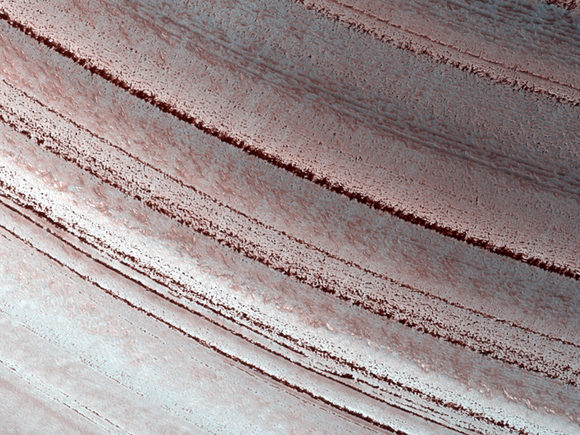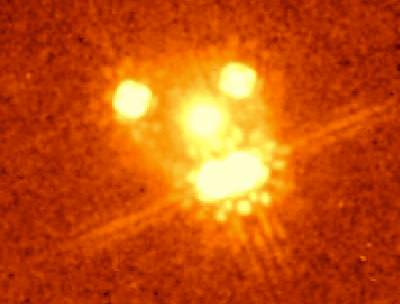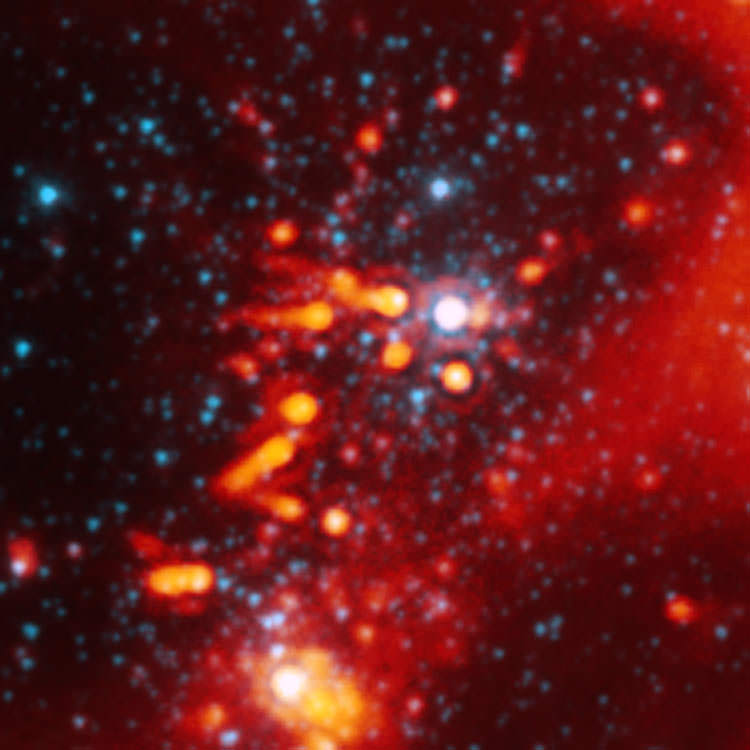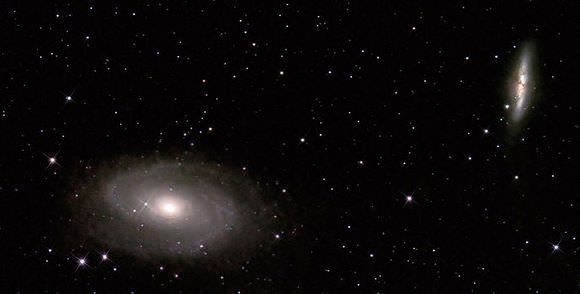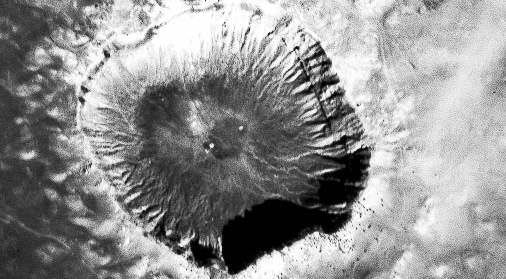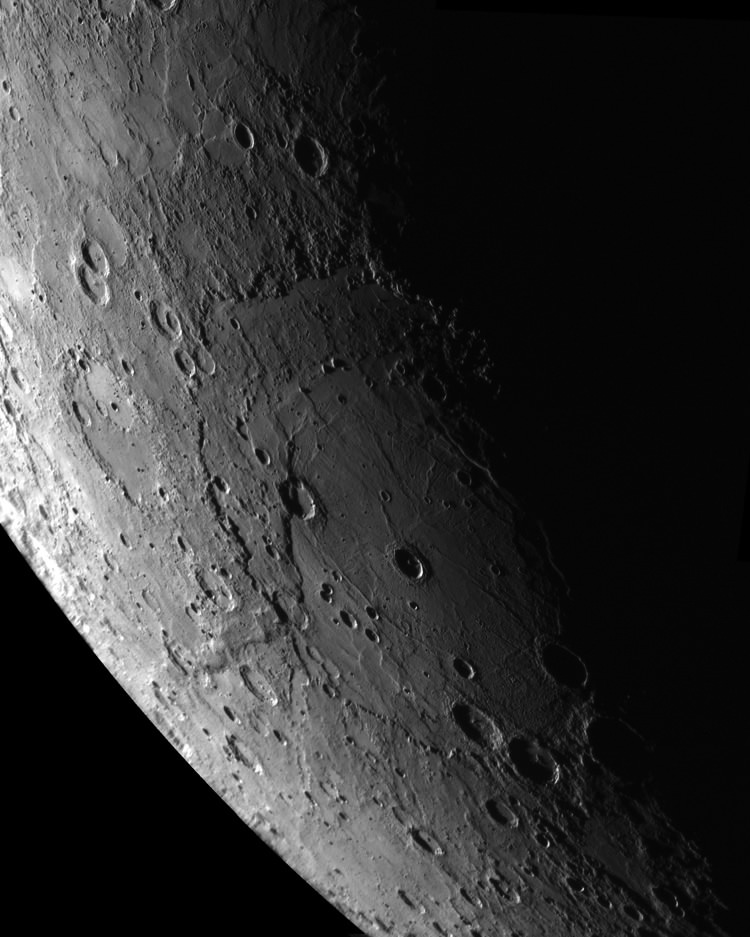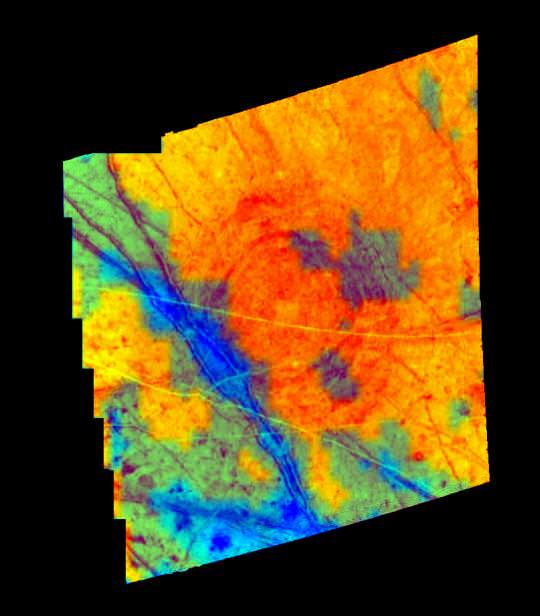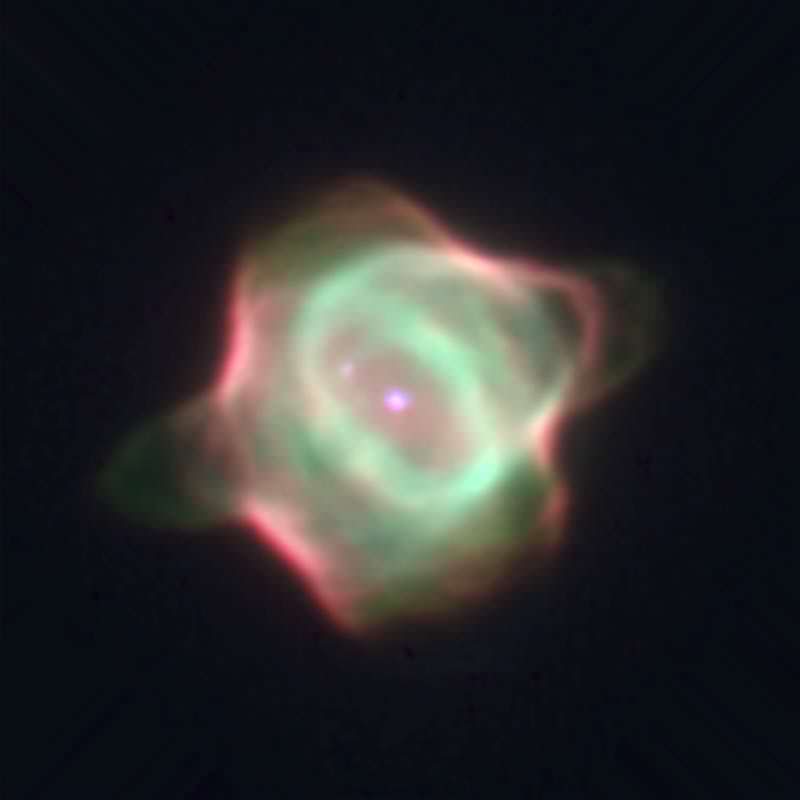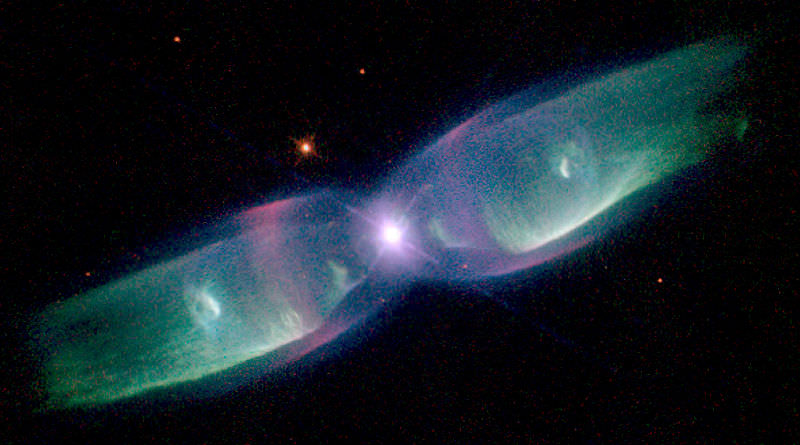Here’s this week’s Where In The Universe Challenge, and can you believe it — this is the 100th WITU we’ve done! Amazing! But no resting on our laurels, or yours either for that matter (thanks to you, our readers for making the WITU Challenge such as success!) But you know what to do: take a look at this image and see if you can determine where in the universe this image is from; give yourself extra points if you can name the instrument responsible for the image. We’ll provide the image today, but won’t reveal the answer until tomorrow. This gives you a chance to mull over the image and provide your answer/guess in the comment section. Please, no links or extensive explanations of what you think this is — give everyone the chance to guess.
Good Luck!
Update: The answer has now been posted below:
Answers were split down the middle, but the winners are those who said Mars. Yes, this is an image of icy layers at Mars’ north pole, taken by the HiRISE camera on the Mars Reconnaissance Orbiter. The HiRISE folks say that the Martian north polar layered deposits are an ice sheet much like the Greenland ice sheet on the Earth. Just as with the ice sheet in Greenland, this Martian ice sheet contains many layers that record variations in the Martian climate. So this is a very interesting image — and place — to study.
Find out more on this image at the HiRISE site.
And check back next week for another WITU challenge!

